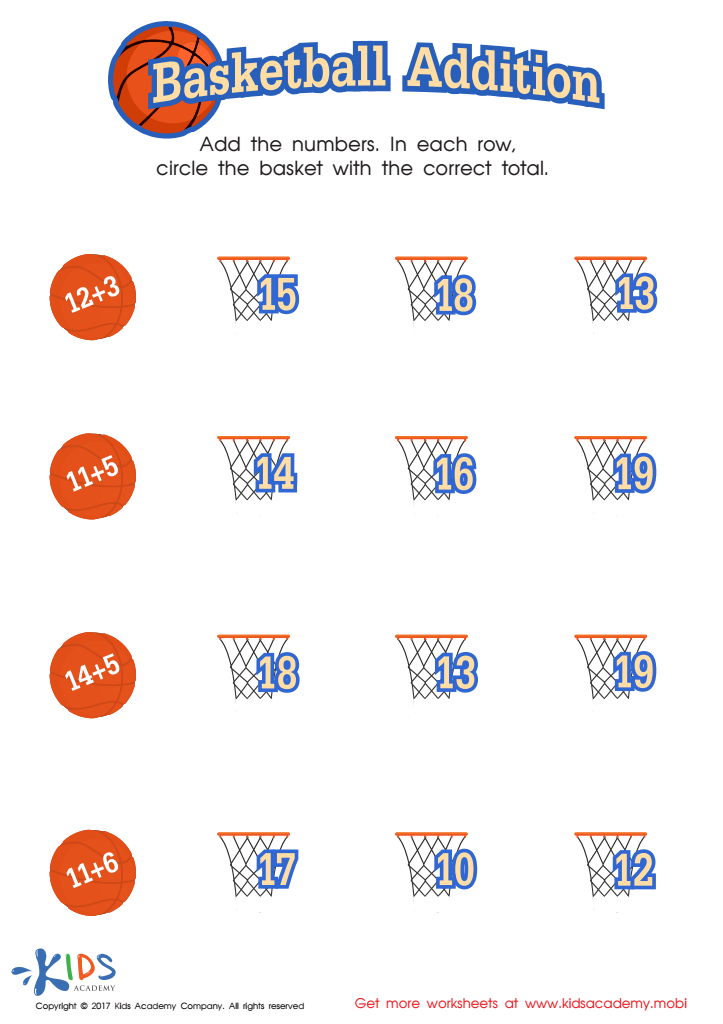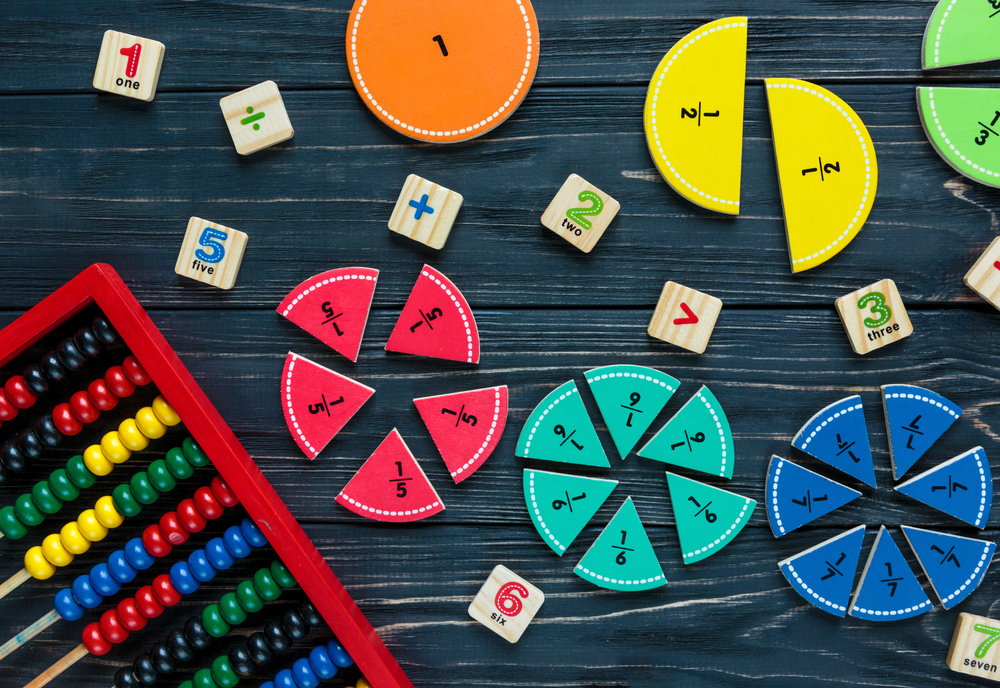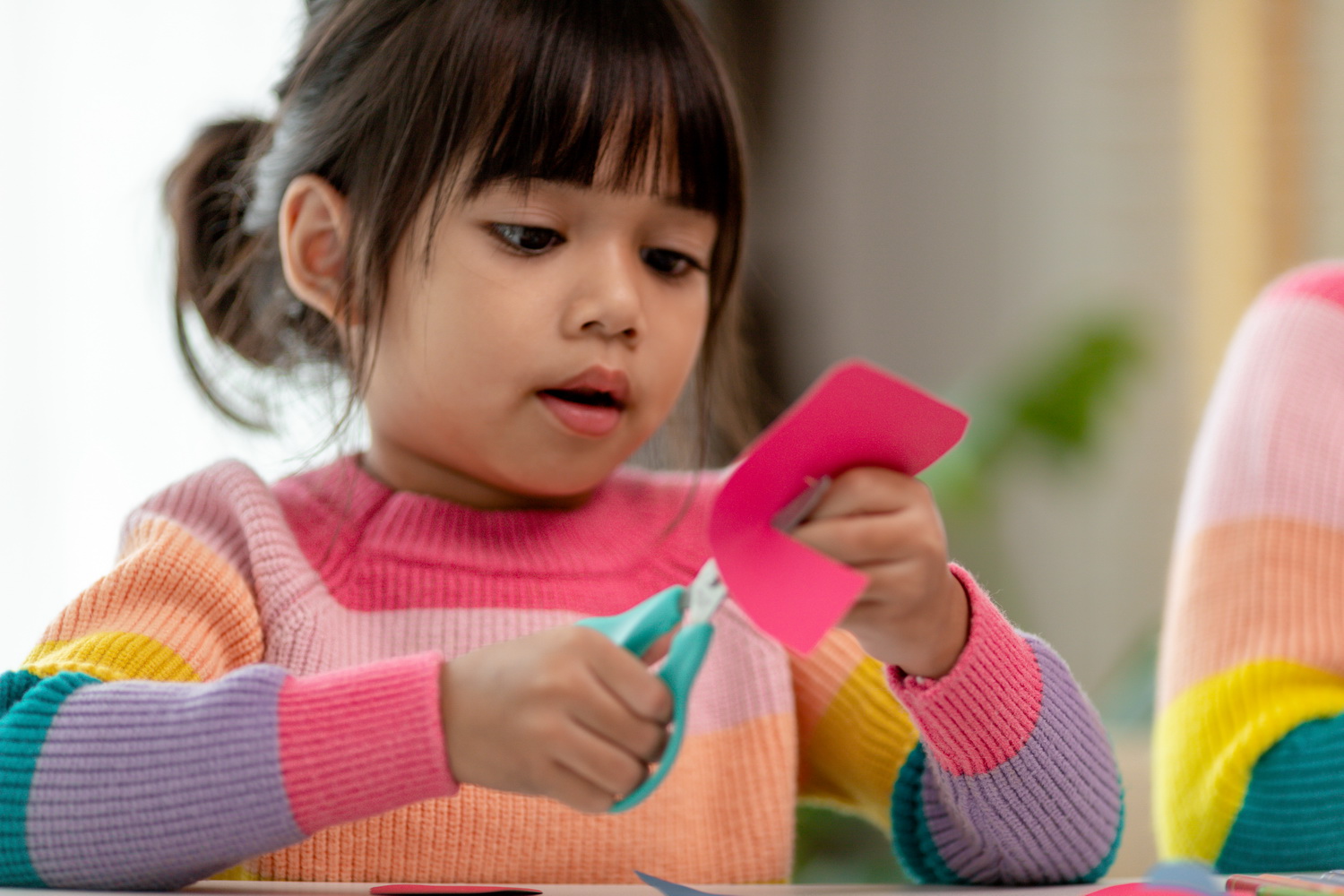Hand-eye Coordination Normal Math Worksheets for 7-Year-Olds
5 filtered results
-
From - To
Enhance your child's math skills with our specially designed "Hand-Eye Coordination Normal Math Worksheets for 7-Year-Olds." These engaging printable worksheets from Kids Academy help young learners develop crucial hand-eye coordination while reinforcing core math concepts. Ideal for children aged seven, each worksheet offers fun and interactive exercises tailored to improve spatial awareness, fine motor skills, and mathematical abilities. With vivid illustrations and thoughtfully constructed problems, kids will enjoy practicing addition, subtraction, multiplication, division, and more. Support your child's learning journey and build a solid foundation in math through these expertly crafted, educational worksheets.
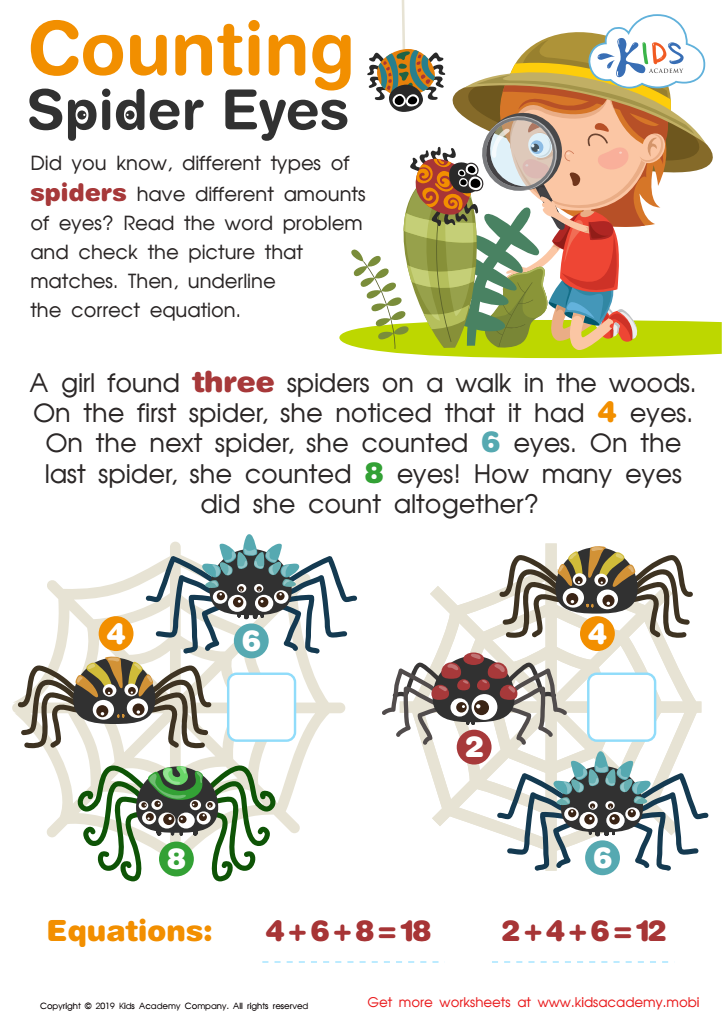

Counting Spider Eyes Worksheet
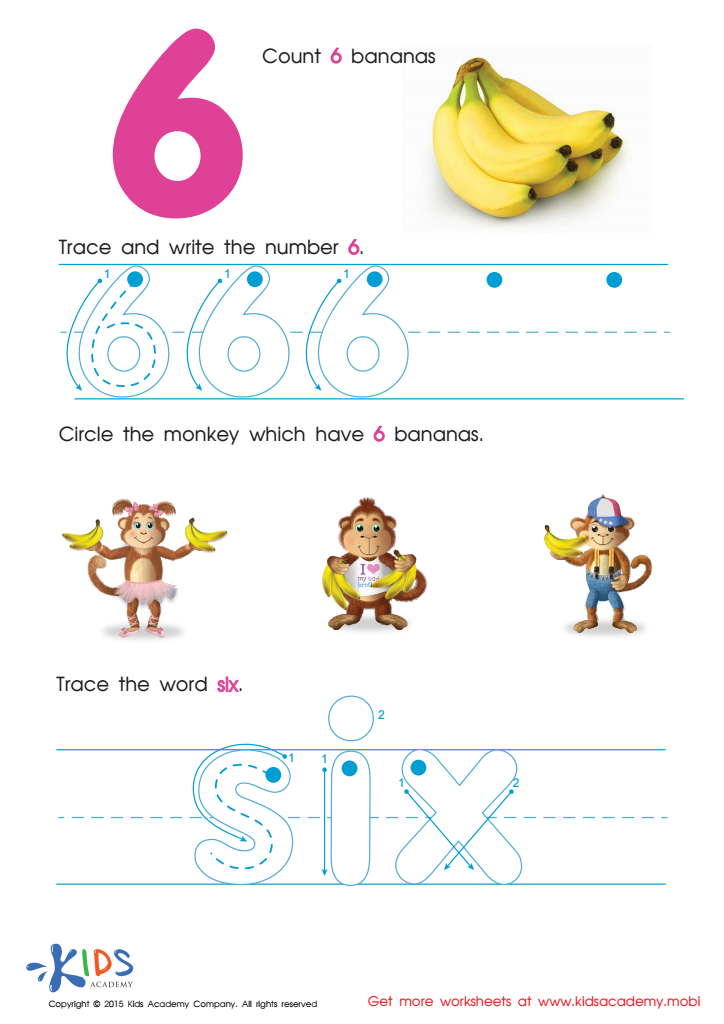

Tracing And Writing Number 6 Worksheet
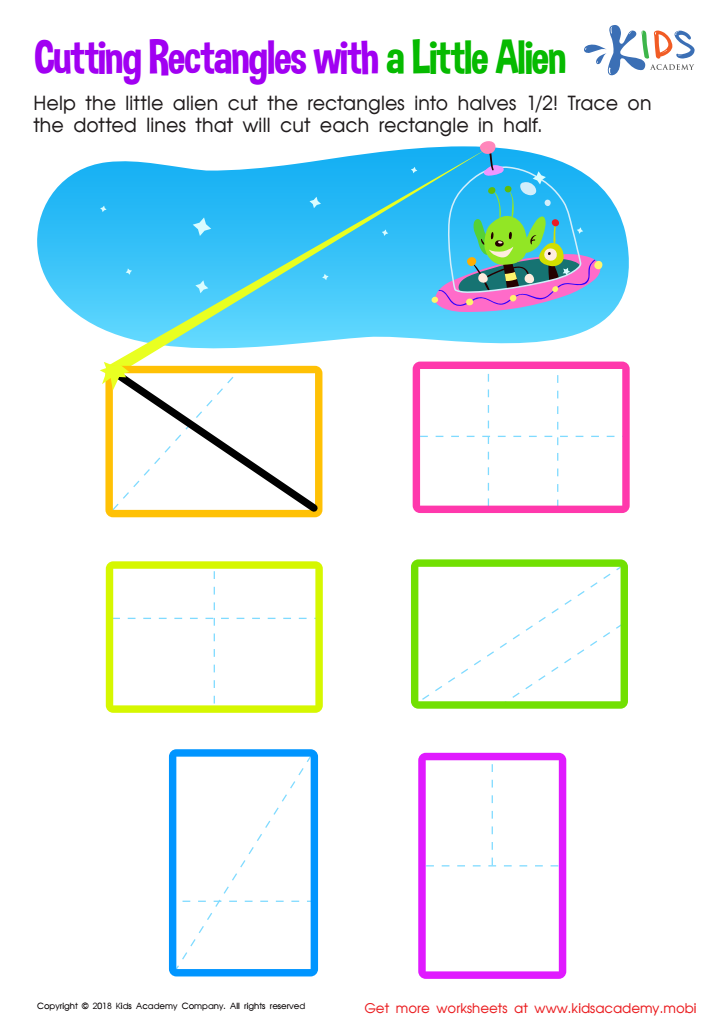

Cutting Rectangles with Alien Worksheet


Practice Writing Number 5 Worksheet
Hand-eye coordination is a fundamental skill where the brain and hands work together seamlessly to perform tasks. For 7-year-olds, developing normal hand-eye coordination is crucial for both academic and everyday activities. Math-related tasks, such as writing numbers, drawing shapes, and counting objects, require fine motor skills and coordinated hand movement. Ensuring that children can easily perform these activities fosters a stronger understanding and enjoyment of math.
When children have good hand-eye coordination, they can manipulate objects, use rulers, and arrange materials more effectively, which enhances their learning experiences. Tasks such as copying numbers from a board or completing patterns in a workbook become manageable, reducing frustration and boosting confidence and enthusiasm in math.
Moreover, hand-eye coordination is essential beyond the classroom. Activities like writing, drawing, and playing sports help in developing this skill, contributing to overall cognitive and motor development. Early attention to hand-eye coordination can prevent later difficulties in learning and encourage a more positive school experience. For this reason, parents and teachers need to include activities that hone this skill in their teaching strategies. Interactive games, puzzles, and physical activities that promote precision and control can be both fun and educational, positioning children for greater success in math and other areas.
 Assign to My Students
Assign to My Students

